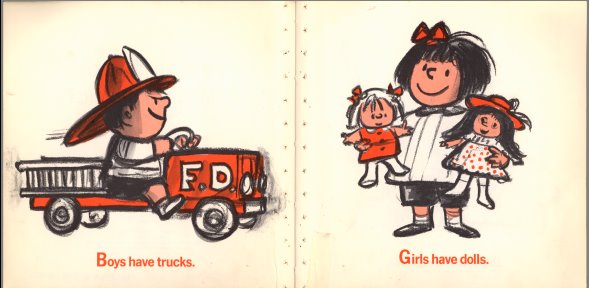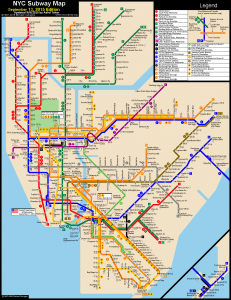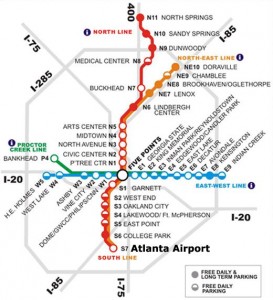Importance of Content Moderation
The article opens up the overall tone of this message well by first addressing the importance of having content moderation as an option for all internet users. Not only are all people going through different struggles and issues but all people have different ranges of sensitivity to the things said online and because of this free reign to post whatever you want, there should be a filter through which people can block out triggering information. And though our society views this filter as a way of cushioning the ‘weak’, it also acts as a organization tool that people can use when not all content on the internet is pertinent or relevant to them. And with the internet being a unmoderated mode of expression, having content moderation helps those take back control of the things they wish to encounter while surfing this open world. Especially in an increasingly open and transparent world, the importance of practicing safety from verbal abuse or threats is an increasingly pertinent tool to have not just for those who are dealing with PTSD but to anyone who doesn’t want to see the constant abuse of a friend online. Having an easy access to block out the hurtful comments makes it easier to take control of your online environment.
The Other Side of the Argument
This article also showcases the thoughts of the opposing force well without condescending their notions. The opposing force seems to think that in order to build up a stronger society that there has to be an environment of free exposure without content moderation. The constant exposure is likened to that of Exposure Theory when treating fears. But what they lack to see in this ordeal of moderation, is that exposure to such a negative environment for long periods of time will do more harm for the personal psyche than good. Not taking into consideration the legality of online bullying, the opposing force sees this as a way of silencing certain people’s voice. They see the solution as easy as just deleting the app or staying off the internet.
How It Can Impact Others
Though all the points held by the opposing force all hold some thread of credibility, we can also see that they only address the issue without looking at the certain impact it can have on the person. Content Moderation is an important aspect to have on the internet since the impact of certain images, ideas, or opinions on the internet is subjective and is differently perceived by other people. And with the experiences and backgrounds of other people varying to such a degree, we see that Content Moderation is a good fluid way to address the different needs that people need online. And since the filtering is not impeding on anyone else’s rights, there should be no issue in whether or not a person can legally hold their own power of what they encounter online. Each person should be able to set up their own boundaries and create a safe environment where they can experience being online just like everyone else instead of being told to ‘stay off the internet’ as a solution.







Recent Comments